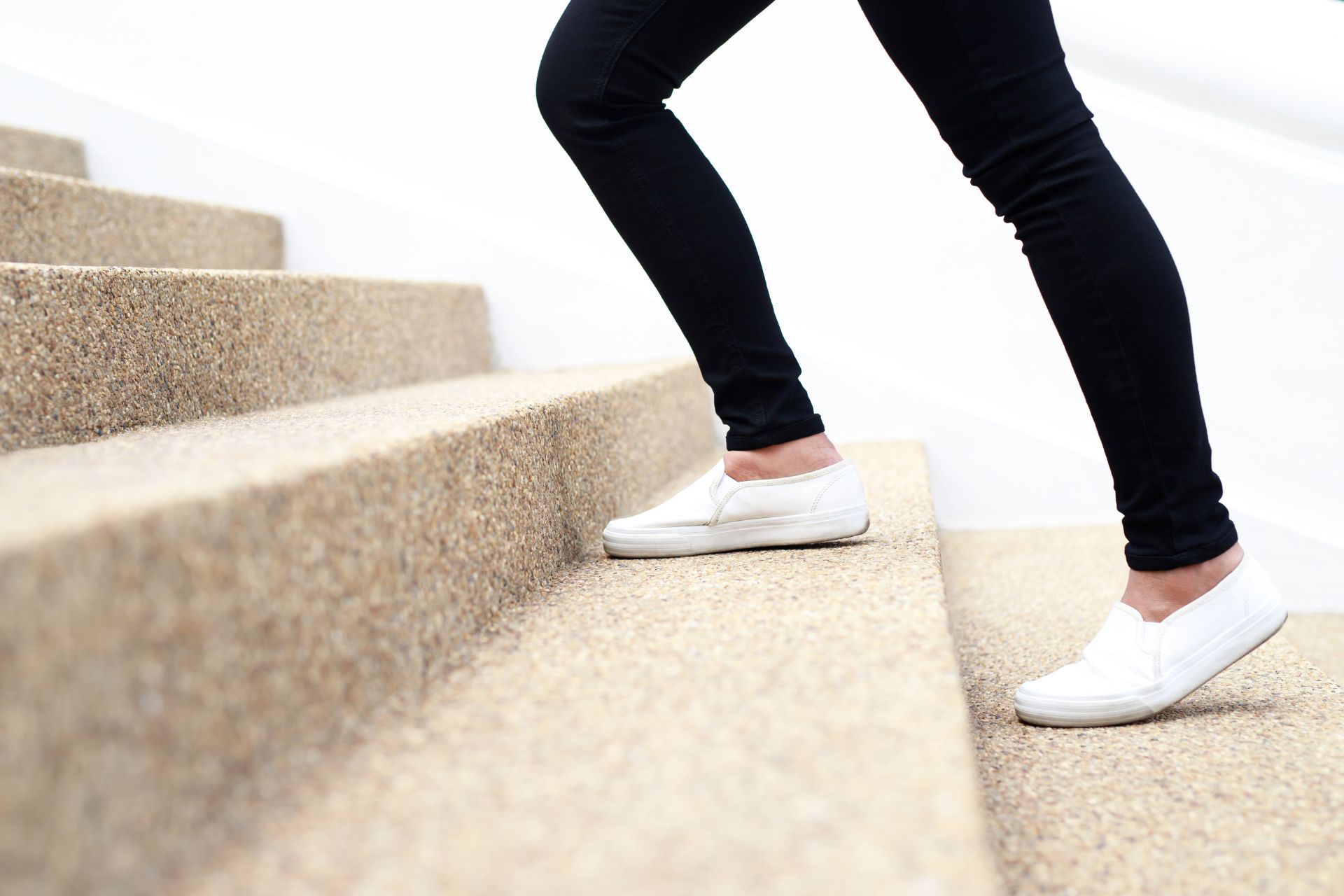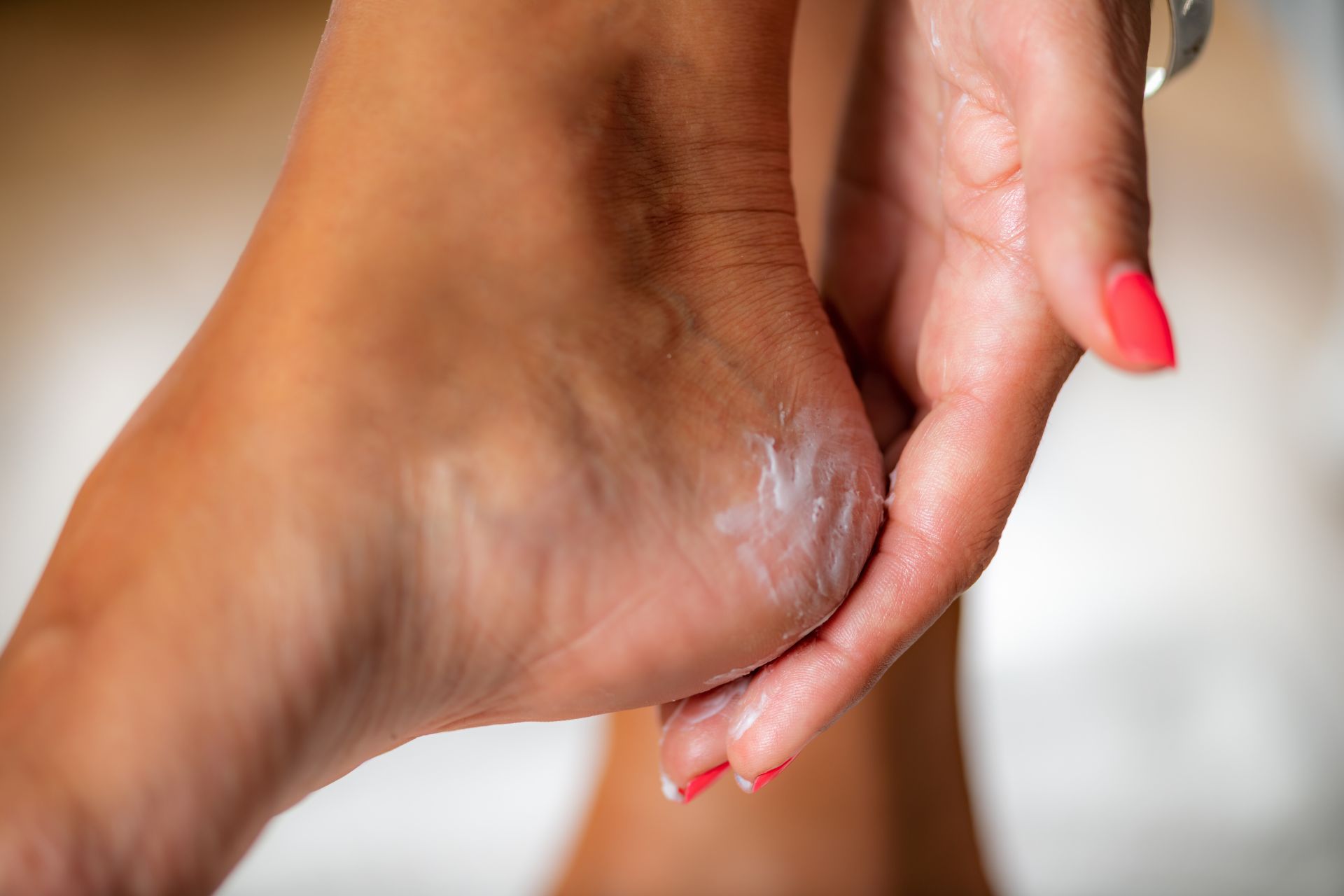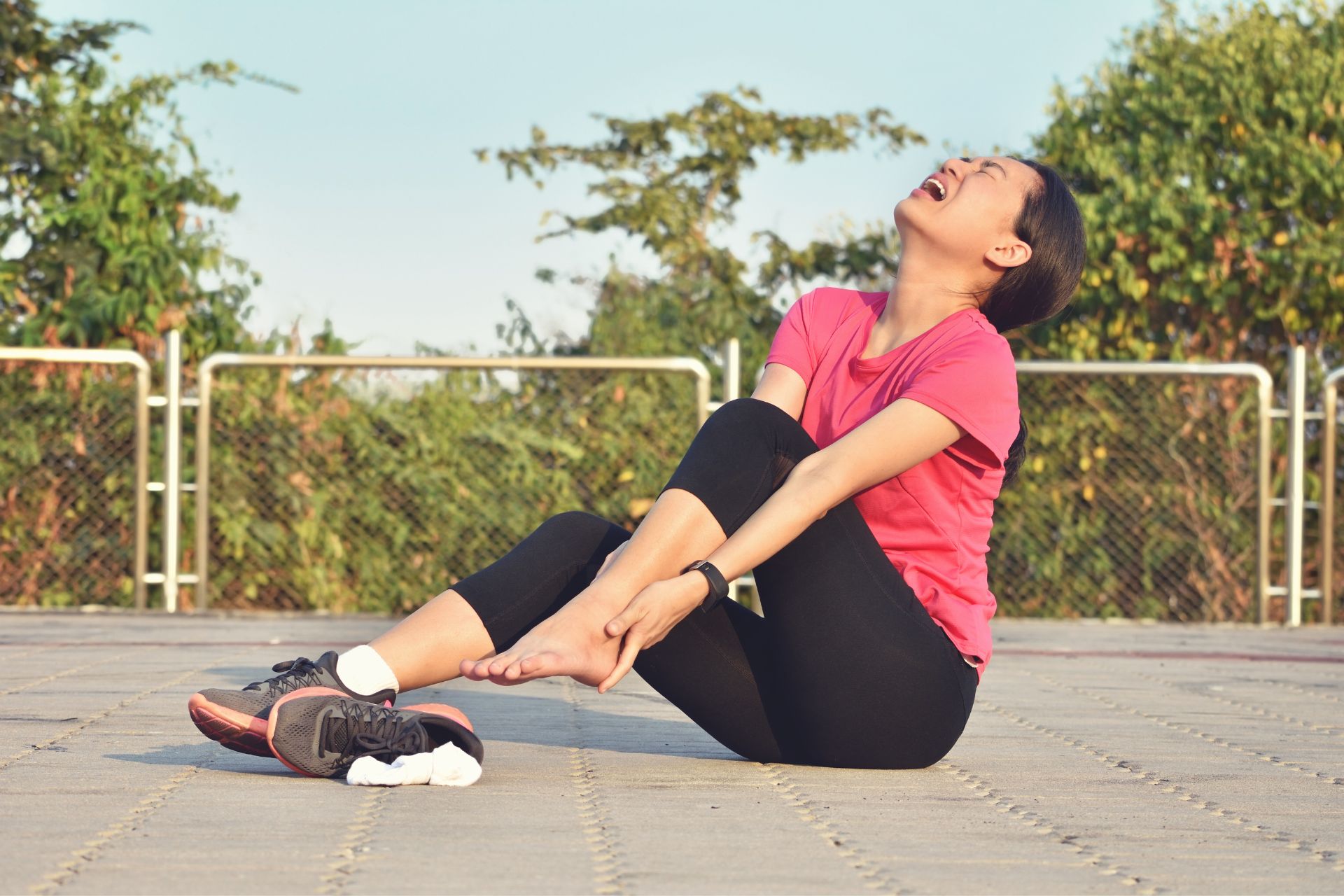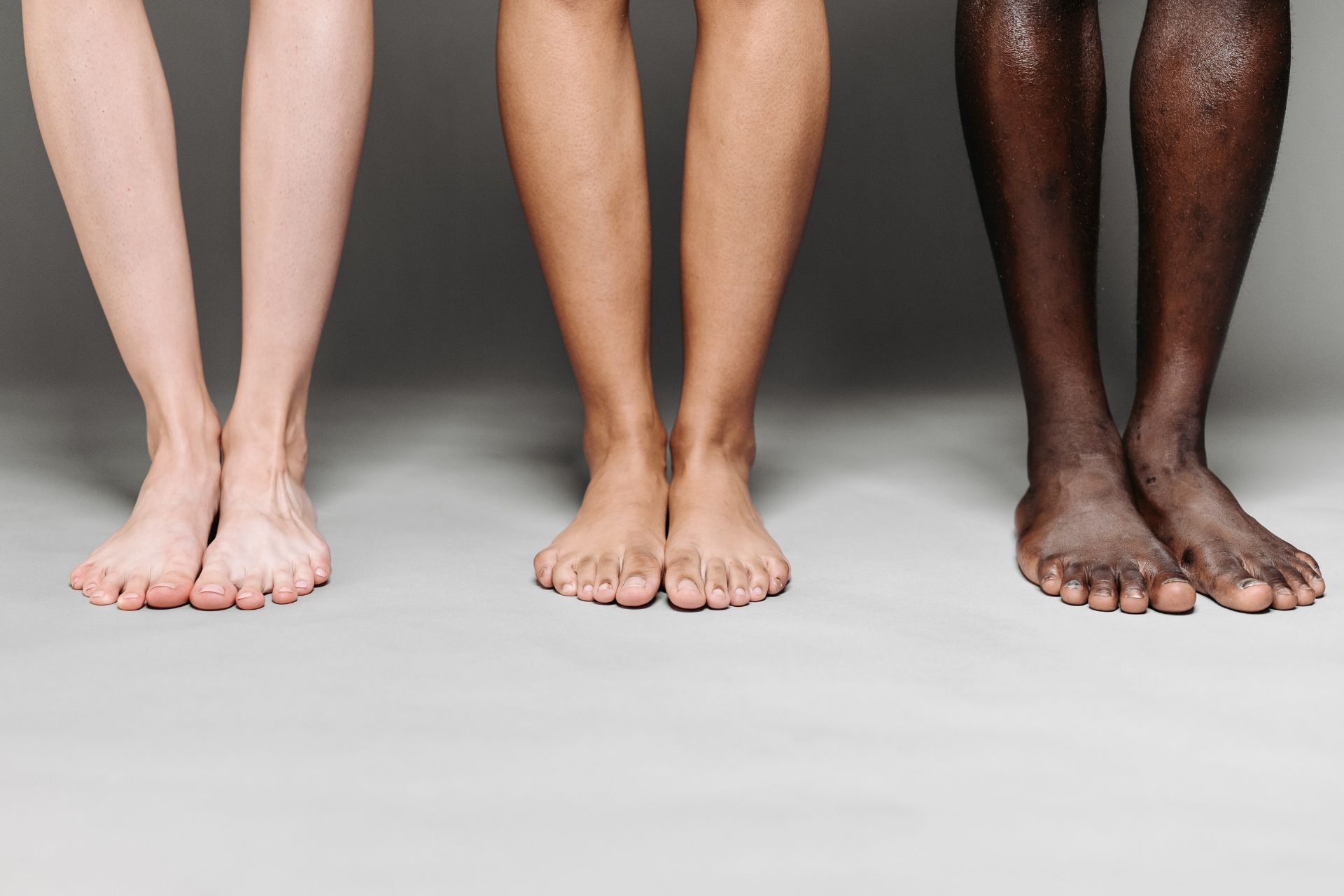Understanding the Physical Impact of Climbing
Climbing and descending stairs is a routine activity for many people, whether at home, work, or in public places. While it’s a great way to stay active and strengthen leg muscles, it also places repetitive stress on the lower extremities, especially the feet and ankles. These parts of the body absorb much of the force with every step taken, which can lead to discomfort or injury over time if not managed properly.
Each time you step up or down, your feet and ankles adjust to changes in elevation and pressure. Unlike flat walking surfaces, staircases require dynamic movements that engage more joints, ligaments, and tendons. The increased demand can become problematic for those with existing foot conditions, poor biomechanics, or inadequate footwear.
Why the Feet and Ankles Bear the Brunt
When you ascend, your toes and forefoot push off the step, engaging your calf muscles and putting strain on the plantar fascia and Achilles tendon. Descending, on the other hand, is even more taxing: the heel hits the edge of the step first, which forces the foot and ankle to absorb sudden impact. This can lead to inflammation in the joints, soreness in the arches, and even conditions like heel spurs or tendinitis.
The ankle joint works hard to stabilize the body as it shifts from one step to another. If the joint lacks mobility or strength, the risk of rolling or twisting increases. People with weak ankles or flat feet may notice more fatigue and discomfort when frequently navigating steps.
Common Conditions Triggered or Worsened by Stair Use
Several foot and ankle conditions can either develop or be aggravated by repetitive stair usage. Here are some of the most common issues:
- Plantar Fasciitis: Excessive stair use can stretch the plantar fascia, causing micro-tears and inflammation.
- Achilles Tendinitis: The repetitive pushing motion when climbing can stress the Achilles tendon.
- Ankle Sprains: Missteps or improper footing on stairs can easily lead to twisted ankles.
- Stress Fractures: Athletes or active individuals who climb stairs excessively may develop stress fractures in the metatarsals or heel.
- Posterior Tibial Tendon Dysfunction (PTTD): Descending steps place a heavy load on this tendon, which supports the arch of the foot.
Risk Factors That Worsen the Impact
Several factors can intensify the toll that stair climbing takes on your lower limbs. These include:
- Improper Footwear: Shoes without cushioning or arch support offer little protection against high-impact activities.
- Overweight or Obesity: More body weight means more pressure on joints and tendons with each step.
- Pre-existing Foot Conditions: Conditions like flat feet or high arches can compromise your gait and lead to uneven distribution of force.
- Poor Technique: Slouching, rushing, or not placing your foot fully on the step can lead to injury.
- Age and Muscle Weakness: As we age, muscles and tendons lose elasticity and strength, making the body more vulnerable.
Strategies to Minimize Damage
To protect your feet and ankles from damage, a combination of preventive habits, proper technique, and treatment options should be considered.
1. Wear the Right Footwear
Shoes with good arch support, shock absorption, and a snug fit can help distribute pressure more evenly. Avoid high heels or flimsy flip-flops when you know you’ll be using stairs frequently. Consider orthotic inserts if you need additional support or suffer from specific foot conditions.
2. Strengthen Supporting Muscles
Strong muscles in the calves, ankles, and feet provide better support during movement. Exercises like toe raises, ankle circles, and resistance band stretches can build strength and flexibility. Yoga or Pilates can also improve balance and posture, reducing your chances of missteps.
3. Stretch Before and After Activity
Stretching the calves, Achilles tendon, and plantar fascia helps maintain flexibility and prevents strain. Always take a few minutes to stretch before engaging in stair-related activity, especially if it’s part of a workout or daily commute.
4. Use Proper Technique
Place your entire foot on each step instead of letting your heel dangle. Use handrails when available for added balance. Avoid rushing, especially when descending, as this increases the likelihood of tripping or overstretching your tendons.
5. Reduce Repetitive Motion
If your daily routine includes climbing multiple sets of steps, consider breaking it up or using elevators when available. Variety in movement prevents overuse injuries and allows tissues time to recover.
6. Maintain a Healthy Weight
Carrying less weight decreases the load your feet and ankles must bear. Incorporate regular cardio, strength training, and a balanced diet to achieve and maintain a healthy weight, which directly benefits your lower limbs.
7. Seek Professional Help for Pain
Persistent discomfort, swelling, or stiffness in the feet or ankles should never be ignored. A foot specialist can assess your gait, analyze your foot structure, and recommend treatment options ranging from physical therapy to orthotics. Custom orthotics, in particular, can make a significant difference in how your foot absorbs impact.
How a Chiropodist Can Help
Seeing a chiropodist or foot specialist can be the key to long-term comfort and mobility. Through advanced diagnostics like gait analysis and pressure mapping, they can pinpoint the cause of your discomfort and create a personalized treatment plan. Whether it’s prescribing orthotics, recommending strengthening exercises, or addressing inflammation through therapy, a professional approach ensures you’re not making the problem worse.
When to Worry About Foot or Ankle Pain
Not all soreness is cause for alarm, but if you notice the following symptoms after stair use, it’s time to consult a specialist:
- Pain that persists for more than a few days
- Swelling or redness around the heel or ankle
- Sharp or stabbing pain during movement
- A popping sound at the time of injury
- Reduced range of motion or visible deformity
Ignoring early signs of injury can lead to more severe issues, such as chronic tendinitis, joint instability, or even surgery.
Final Words
While stairs offer a convenient way to stay active and strengthen your legs, they also pose a risk to your foot and ankle health if not approached with caution. By understanding the mechanics involved and adopting proper habits—from wearing supportive shoes to building muscle strength—you can minimize harm and maintain mobility.
If you’re experiencing foot or ankle pain from daily activities like using stairs, the experts at Steady Foot Clinic in North York are here to help. Book your consultation today to step into comfort and stability with confidence.






